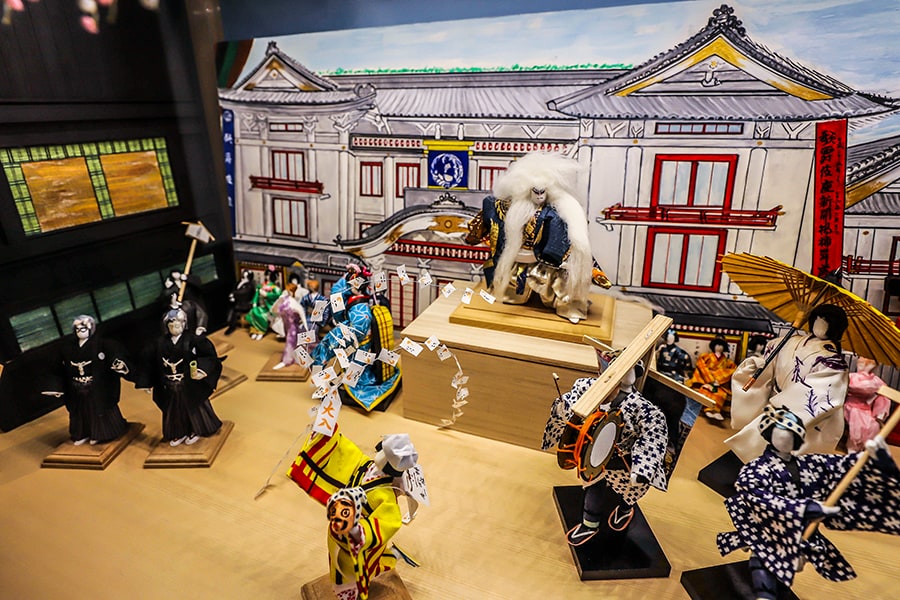
Memes and NFT trends can save heritage performing arts
Ongoing NFT trend and the authenticity of blockchain can lend a helping hand in rejuvenating traditional art forms such as Kabuki, Chhau and Kutiyattom. There is hope for heritage artwork
 Kabuki is a traditional Japanese form of theater developed during the Edo Period rich in showmanship and involves elaborately designed costumes, ornately styled wigs, extraordinary makeup and exaggerated actions performed by the actors. It is recognized as one of Japan's three major classical theaters along with noh and bunraku, and has been named as a UNESCO Intangible Cultural Heritage. (Photo by John Lander/John S Lander/LightRocket via Getty Images)
Kabuki is a traditional Japanese form of theater developed during the Edo Period rich in showmanship and involves elaborately designed costumes, ornately styled wigs, extraordinary makeup and exaggerated actions performed by the actors. It is recognized as one of Japan's three major classical theaters along with noh and bunraku, and has been named as a UNESCO Intangible Cultural Heritage. (Photo by John Lander/John S Lander/LightRocket via Getty Images)
It is hard to miss the Kabuki Gallery at Japan’s Narita Airport. It is much harder to forget the place after an absorbing visit. It is not about the colourful images of Kabuki characters or the exotically draped mannequins that adorn the Hall. It is about the sweet spot in the gallery where you stare at a ‘Tablet’ screen placed on an elevated table and see your face transform into that of an ‘Aragoto’. While at Tokyo’s famed ‘Kabuki-za Theatre’, you are in a state of trance watching your favourite ‘Aragoto’ character fighting dragons of evil, here you are turning into the very Kabuki character you have worshipped!
Kabuki has indeed been the blazing cultural icon of Japan. The dance drama acquired global stature in the year 2005 when UNESCO declared it as an intangible heritage of humankind. Despite this, Kabuki is widely perceived in Japan as a ‘popular’ classical art form. The Kabuki establishment has never shied away from experimenting with changes despite the solemn heritage label attached to the art form. Three experiments undertaken in the past are worthy of mention. First was the effort to bring in directors of contemporary theatres to helm Kabuki plays. The idea was to bring in creative elements from the former to add spice to kabuki performances. The second experiment was the introduction of ‘Cinema Kabuki’ that re-presented stage performances through the medium of films to provide a cinematic touch to stage performances. The intention here was to attract youngsters to the cinematic version of the art form. The third and perhaps the most radical experiment has been the introduction of Kabuki creams and related cosmetic products to attract a new band of wellness conscious customers to the art form.
The strategy that underlay the three initiatives was to disassemble the ‘totality of Kabuki heritage’, look for attractive components that could stand on their own and sell the art form to a new set of customers. All this was sought to be achieved by the Kabuki establishment without diminishing the importance of conventional live plays.
The world of memes offers interesting possibilities for Kabuki, given the propensity of the art form to indulge in playful juxtapositions. While the digital images of 'authentic' Aragoto characters are theatrical, deeply expressive and a slice of the famed Kabuki heritage, the images captured by the ‘Tablet’ at the Kabuki Gallery are memes. Over the years, the Kabuki Gallery at Narita would have accumulated thousands of such digital memes of the Aragoto. Some of them would be moustachioed, others would be wearing eyeglasses, and still, others could be noted for their vacant looks.
By crafting a collage of these images—or a ‘meme of memes’—and minting Non Fungible Tokens (NFTs) around the artwork and putting it up for auctions, the Kabuki Gallery would be exposing its 'fancy product' to the art-loving crypto billionaires of the world. One of them may end up buying the collage at a phenomenally high price. This is precisely what Bansky’s ‘First 5000 days’ and Damien Hirst’s ‘Fanciful Currency’ had managed to achieve during the difficult days of the Covid-19 pandemic.
[This article has been published with permission from IIM Bangalore. www.iimb.ac.in Views expressed are personal.]







